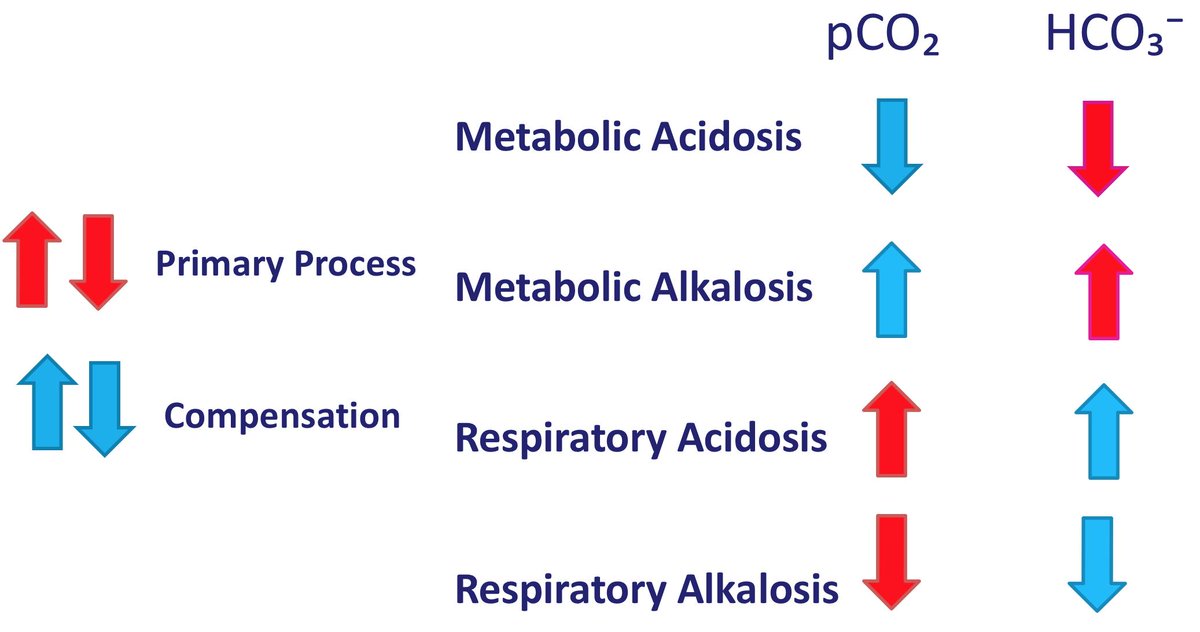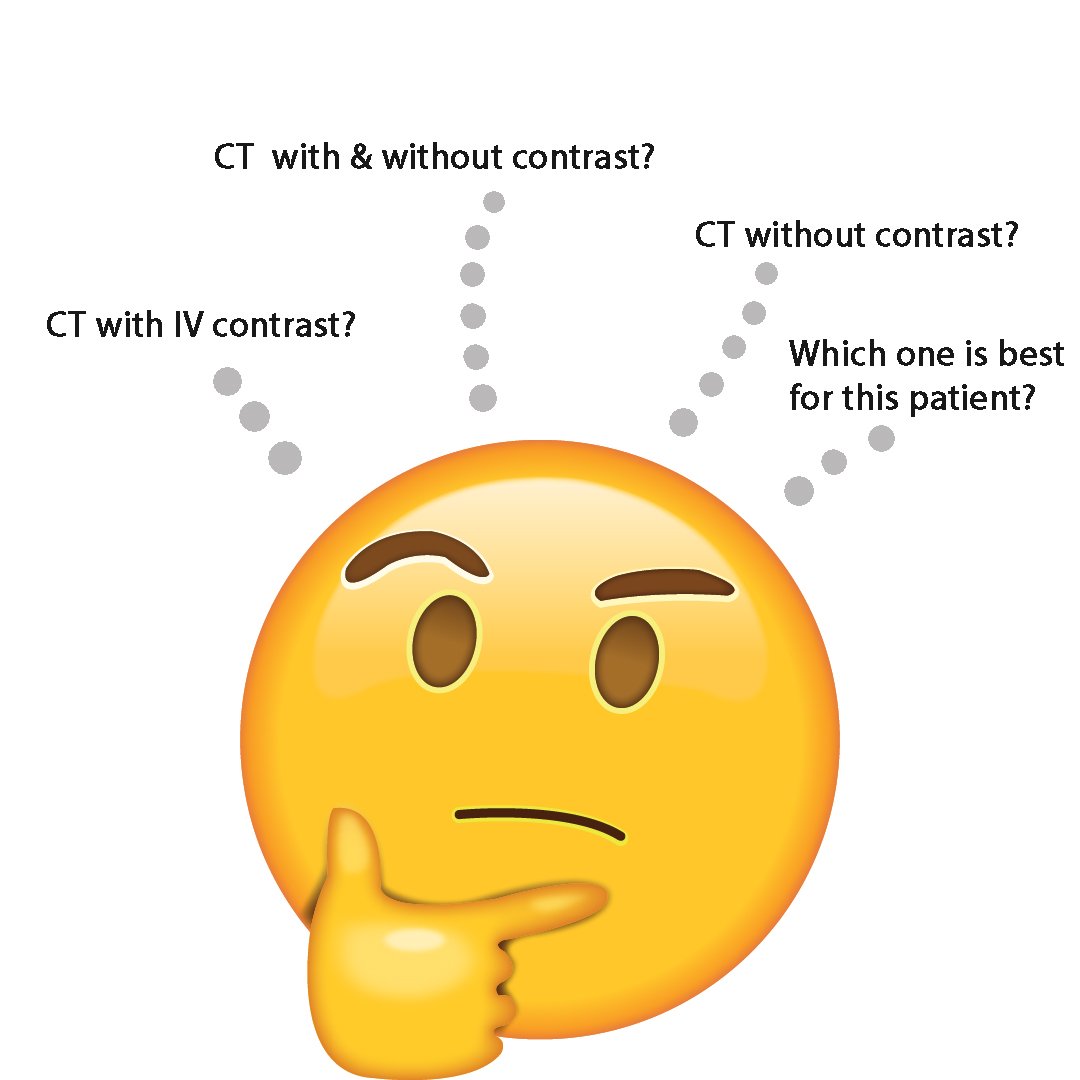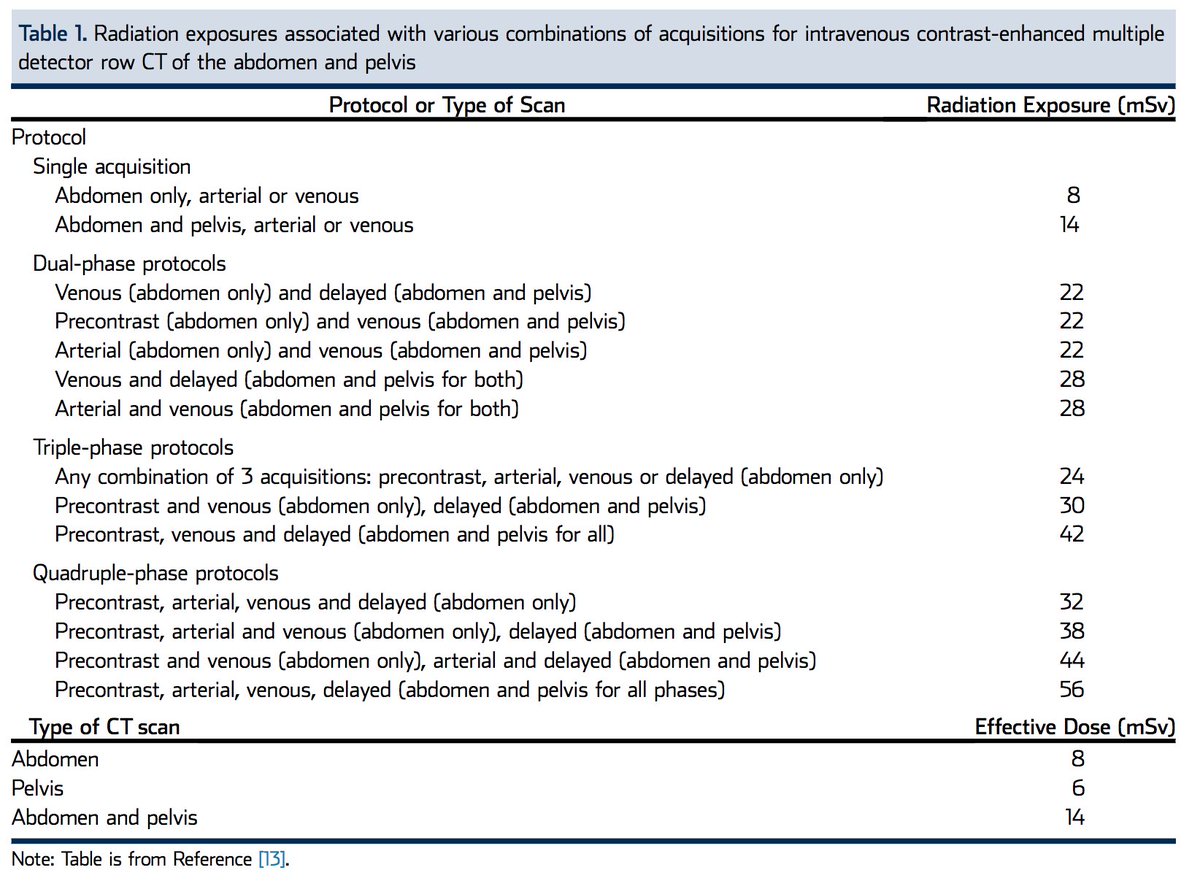In this #tweetorial, we'll walk through our approach to uncovering #acidbase disorders & our mnemonic #pLACO using this example:
pH 7.28, pCO2 30, pO2 75
Na 145, Cl 103, HCO3 18
Albumin 4 mg/dL
nephsim.com/acid-base/
Step 1: what does the "p" in pLACO stand for?
#pLACO
The p is for pH, which tells us how acidic/basic a solution is.
Normal arterial blood pH is 7.4. Anything less than that is acidEMIC and anything greater is alkalEMIC.
In our example, the pH is 7.28. Thus, we have an acidemia.
nephsim.com/acid-base/
#pLACO
Step 2: The "L" stands for ✅ labs (pCO2, HCO3).
In our example, the pCO2 is ⬇️ ( normal = 40 mm Hg). The bicarbonate is also ⬇️ (normal = 24 meq/L).
Acidemia and ⬇️bicarbonate suggest that the PRIMARY process is a metabolic acidosis.
nephsim.com/acid-base/

#pLACO
Step 3: "A"
Calculate the Anion Gap (AG). AG tells us about the concentration of unmeasured anions. The albumin (a big anion) level dictates one's normal AG.
To determine a NORMAL anion gap, ❌ the albumin by 2.5. So, an AG for someone with an albumin of 4 is 10.
#pLACO
Let's calculate the AG.
AG = Na - Cl - HCO3 = 145 - 103 - 18 = 24.
The normal AG here is 10 (albumin = 4), so we have an ELEVATED anion gap metabolic acidosis.
ALWAYS calculate the anion gap, even if the primary process does not appear to be a metabolic acidosis
Our calculated expected pCO2 = 35 (within a margin of 2, so 33 - 37). Our ACTUAL pCO2 = 30.
Since 30 < 35, we get #acidbase disorder #2: a respiratory ALKALOSIS.
You either have compensation or you don't. If you don't, there is another disorder.
nephsim.com/acid-base/
#pLACO
Almost to the finish line with step 5: the "O" stands for "other" metabolic disorder.
ONLY do this step if you have an elevated AG metabolic acidosis, as the anion gap can MASK a 2nd metabolic disorder (nonAG acidosis or metabolic alkalosis)
nephsim.com/acid-base/
If there's only 1⃣metabolic process, each unit ⬆️ of AG should ⬇️ HCO3 by 1⃣. So, the 🔺AG /🔺 HCO3 = 1⃣ if there's 1⃣ metabolic process.
A word on fractions...
If the 🔺 AG /🔺HCO3 > 2⃣, we have a metabolic alkalosis. The met alk ⬆️ HCO3 and thus ⬇️🔺HCO3 (the denominator).
If the 🔺 AG /🔺HCO3 < 1⃣, we have a non-AG metabolic acidosis. The NAGMA ⬇️ HCO3 and ⬆️ the denominator.
nephsim.com/acid-base/
#pLACO
🔺AG/🔺HCO3 = 14/6. The ratio is > 2⃣, so we have a metabolic alkalosis.
To sum it up, here are our #acidbase disorders:
1. AG metabolic acidosis
2. Respiratory alkalosis
3. Metabolic alkalosis
BOOM! Triple #acidbase disorder solved!
nephsim.com/acid-base/





